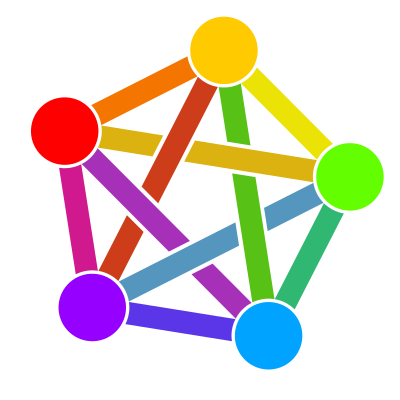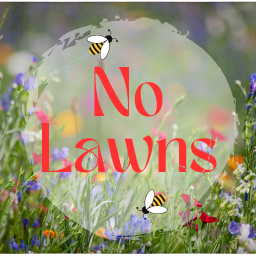

Good point :)
Sustainability and decentralised social media enthusiast 🇮🇪🏴


Good point :)


You’re rude


That’s fair. Say you were setting up a server and you planned to migrate users to it, and it was going to be their first experience of the fediverse, do you think this is something you’d feel obligated to tell them about?


Sorry I forgot to address your point - migrating people to a more technical setup would be a challenge in itself, but then informing them that deletion across servers isn’t guaranteed would likely give them cold feet.


I’d hazard a guess that ActivityPub users are a small portion of the population, especially considering the people I’m thinking of setting a server up for are Facebook users in a medium sized town - mostly people over the age of 40 who only started using social media in the past ten years.
It’s no secret that onboarding is a barrier to entry for Mastodon for example, and even then most people likely haven’t even heard of it. I am the only person on any of my social circles who is aware of it.


I think it’s fair to say that we can all end up regretting some of the stuff we’ve put online months or years after the fact.
For example, it means ActivityPub is definitely not an appealing place for young people to have their first cringe moments online.
The risk of being cancelled is higher, and I think everyone has the right to regret their past self and try to clean it up if they want to.


The fact that the delete button can only guarantee deletion on your own server is not robust considering one of the primary appeals of the fediverse is that servers can communicate with each other. It means unease/distrust is built in from square one.


Update: So far many of the responses point out that if you post anywhere on the internet you are prone to this issue, i.e. even if you delete something someone may have copied it etc.
I do believe this is different. Yes, we are always at risk from malicious actors, but usually when using social media we can operate under the assumption that the delete button works. That is not the case for ActivityPub. Even without bad actors, your content may not be deleted. I think it’s safe to say that this is an unappealing issue for most potential users.


I’ve happily found that there is much more interaction here than on Mastodon :)
Saved!
I also like the idea of avoiding microplastic contamination:)
So dumb


New sewer pope


Hint: They went well beyond justified methods a long time ago


Those are the ones I tried, they were definitely the best in terms of price and the mobility was good enough for walking etc. I just found that they got a bit too tight for me in a full squat for example. I did purchase them but ended up returning them, I was very close to keeping them. I’d suggest trying them on/ordering them and see how you feel, and you can always return :)


I’ve been searching for the same thing - a PFA/PFC free shell to go over my regular trousers. I’ve tried these three and haven’t had any luck with any of them:
Patagonia Torrentshell: I could hardly take a full stride in these, and sizing up was like wearing oversized parachute pants
Marmot equivalent: Much more mobility, but just not enough for me to pedal on a bike without the pants becoming very taut. I fear they’d rip after a while.
Outdoor Research equivalent: Satisfactory mobility, but for some reason the ankle cuffs are really wide - water would definitely splash up inside these if you were walking through puddles, so it feels like they miss the mark a little especially considering these are a bit more expensive than the others.
I’m still looking, open to recommendations!


They pose the same question in the article - it’s barely recyclable if recyclable at all


Nice! I wonder if they plan to integrate Pixelfed with Loops so they can work as one app - replace the Instagram/Reels combo


They even have a cool map that really helps visualise the scale of the network: https://wearetheark.org/map-of-arks/
When I post here I get replies. On mastodon I don’t.